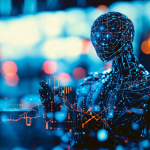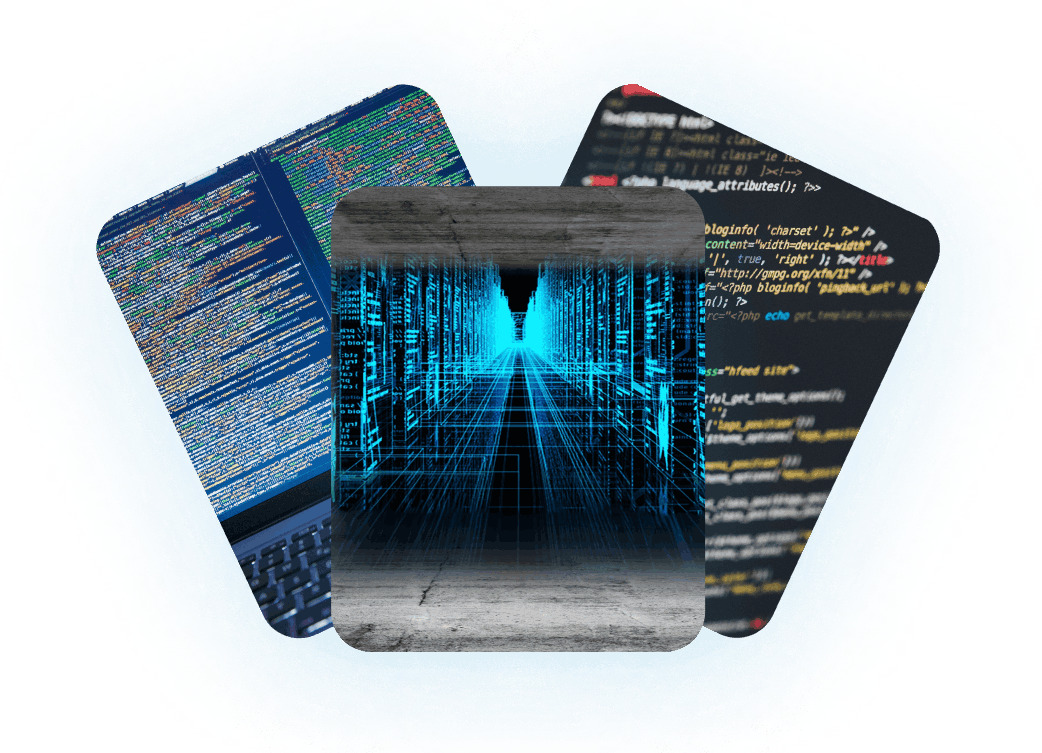Artificial intelligence (AI) has been rapidly advancing in recent years, making its way into various industries such as finance, transportation, and education. However, one field where AI has shown tremendous potential is in healthcare. With its ability to analyze large amounts of data, recognize patterns, and make predictions, AI has the potential to transform the way we approach healthcare. From diagnostics to personalized treatment plans, let’s take a closer look at how AI is revolutionizing the healthcare industry.
One of the most promising areas where AI is already making a difference is in diagnostics. By analyzing medical images and data, AI algorithms can assist healthcare professionals in accurately and quickly diagnosing diseases such as cancer. This not only saves valuable time but also reduces the chances of misdiagnosis. AI can also be used for predictive analysis, helping doctors identify patients who may be at high risk for certain diseases, allowing for early intervention and prevention. Furthermore, AI-powered chatbots can even aid in triage by collecting patient symptoms and directing them to the appropriate level of care.
Another aspect of healthcare that AI is revolutionizing is the personalization of treatment plans. With the vast amount of patient data available, AI algorithms can analyze this information to determine the most effective treatment options for individual patients. This could potentially lead to more precise and targeted treatments, minimizing side effects and improving patient outcomes. Additionally, AI-powered







